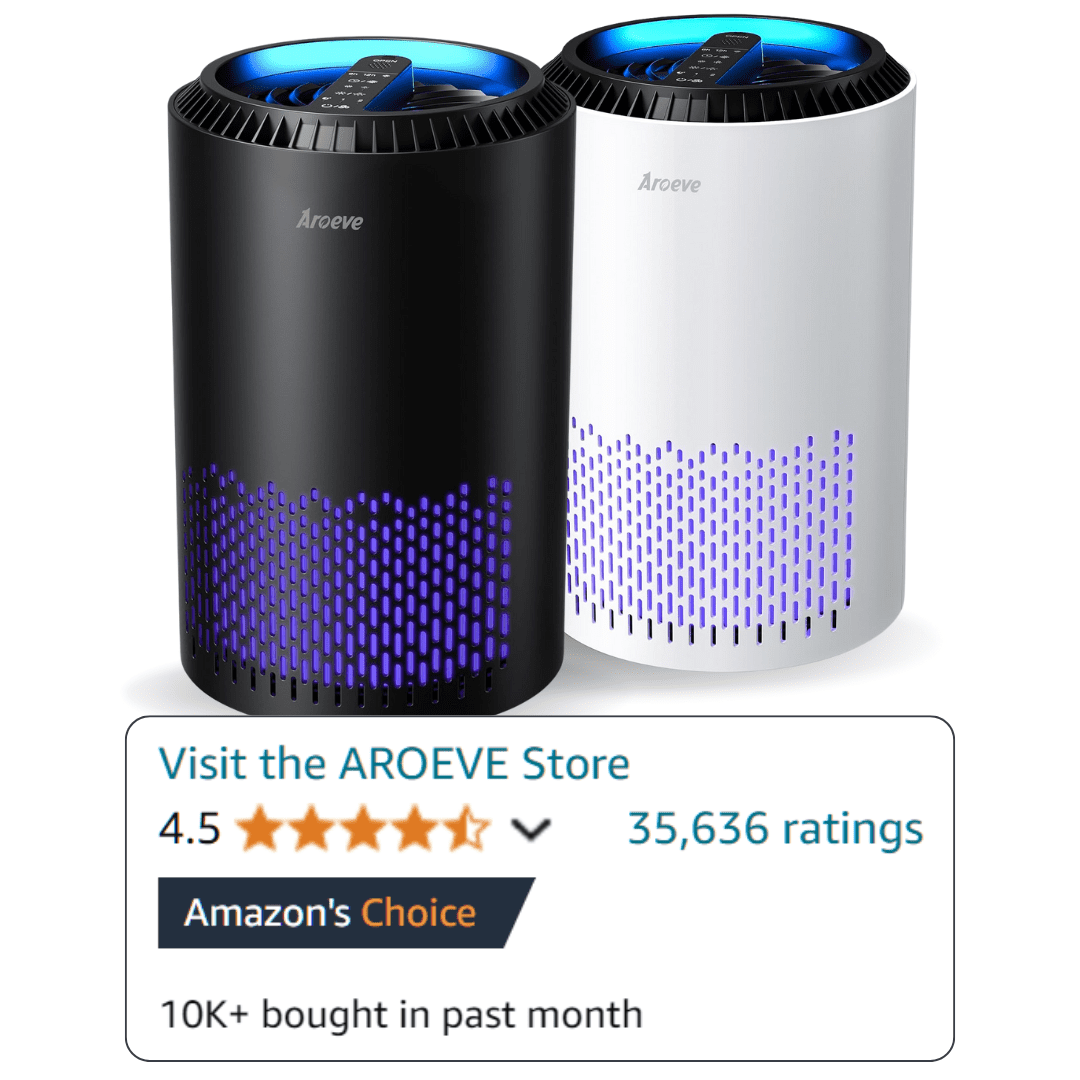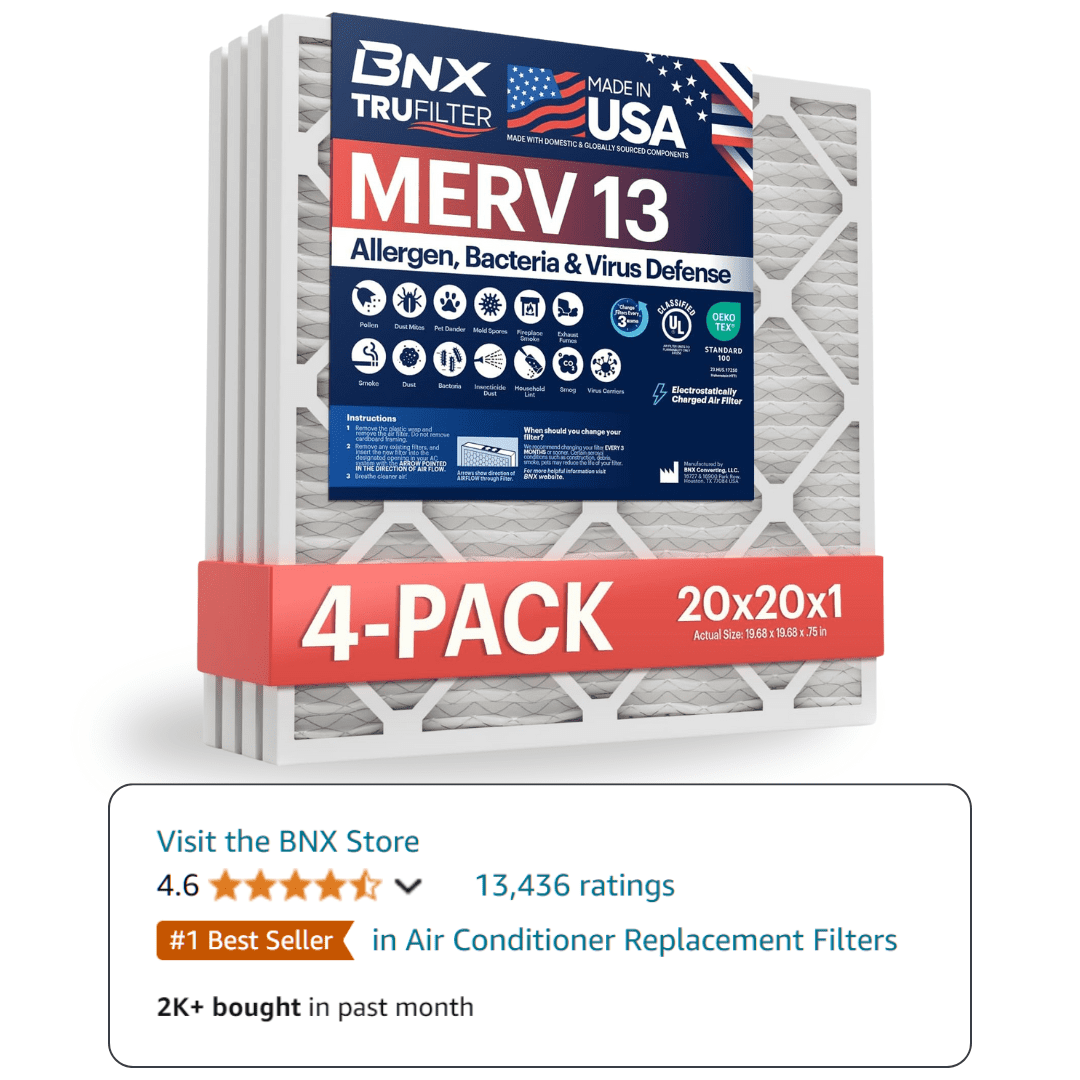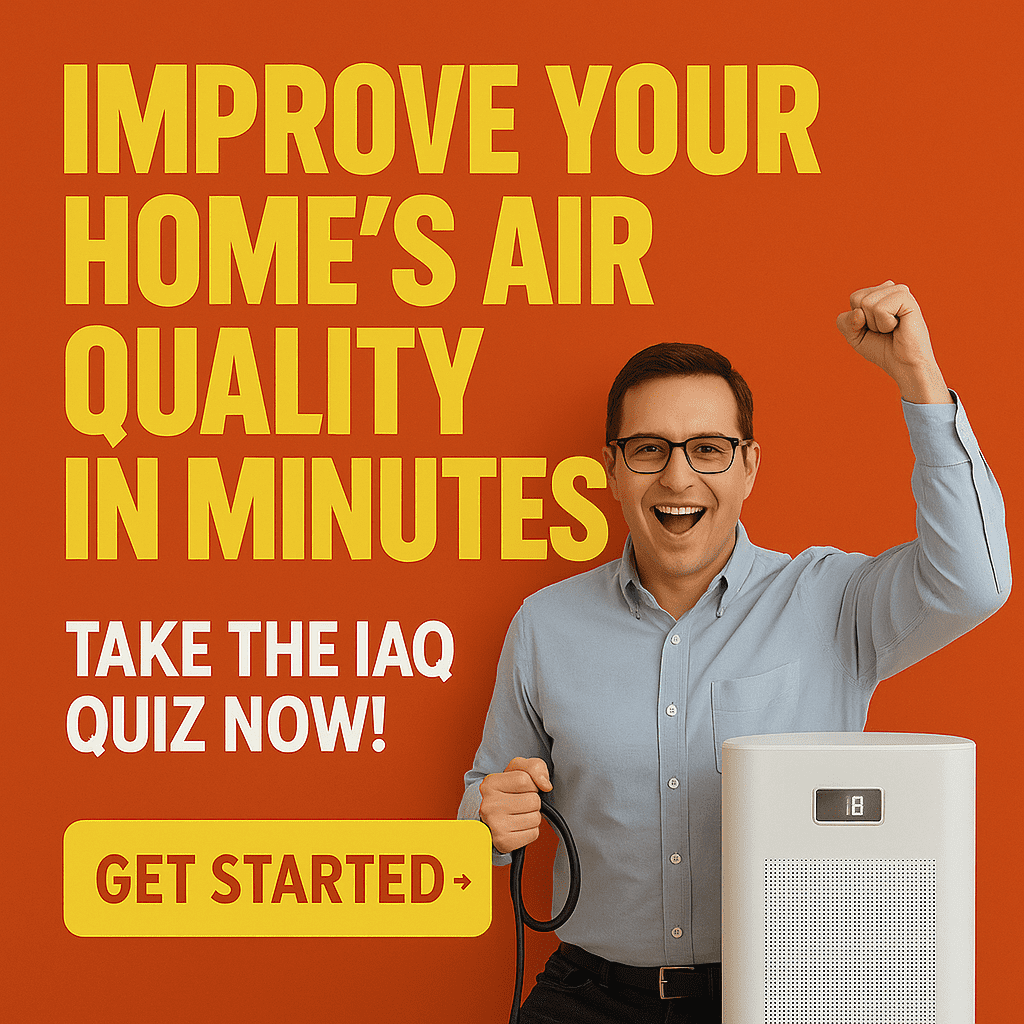Understanding Indoor Air Quality Problems
Common IAQ Issues in Modern Homes
Modern homes are built for energy efficiency, but this often means less natural ventilation. As a result, pollutants like volatile organic compounds (VOCs), particulate matter, and biological contaminants accumulate indoors. Common IAQ issues include high levels of dust, pet dander, mold spores, and chemical off-gassing from building materials and furnishings. Poor humidity control can also lead to mold growth and increased allergen levels.
Health Impacts of Poor Indoor Air Quality
Poor IAQ is linked to a range of health problems. The EPA and NIH have documented increased risks of asthma, allergies, respiratory infections, and even cardiovascular issues in homes with high pollutant levels. Children, seniors, and people with pre-existing conditions are especially vulnerable. Symptoms can include headaches, fatigue, coughing, and eye irritation. Long-term exposure to certain pollutants, such as formaldehyde or fine particulate matter, can increase the risk of chronic diseases.
How to Identify IAQ Problems
Identifying IAQ problems starts with observation and testing. Look for visible mold, persistent dust, condensation on windows, or musty odors. Use an air quality monitor to track levels of particulate matter, VOCs, and carbon dioxide. Professional IAQ testing can provide a detailed analysis of contaminants and help pinpoint sources. The EPA’s IAQ guidelines and ASHRAE’s Standard 62.2 offer clear benchmarks for acceptable indoor air quality.
The 5 Core Indoor Air Quality Control Strategies
Source Control Solutions
Source control is the most effective way to reduce indoor pollution. Remove or seal off sources of VOCs, such as certain paints, adhesives, and pressed-wood furniture. Use low-emission building materials and cleaning products. Address moisture problems at the source to prevent mold. For homes with gas stoves, install a vented range hood to capture combustion byproducts. The EPA and ASHRAE both recommend source control as the first step in any IAQ improvement plan.
Ventilation System Improvements
Proper ventilation dilutes indoor pollutants and brings in fresh air. Mechanical ventilation systems, such as energy recovery ventilators (ERVs) and heat recovery ventilators (HRVs), are recommended by ASHRAE for modern, airtight homes. These systems exchange stale indoor air for filtered outdoor air while minimizing energy loss. For more on mechanical ventilation, see 8 reasons why your home needs mechanical ventilation. In kitchens and bathrooms, use exhaust fans vented to the outdoors.
Air Filtration Upgrades
High-efficiency air filters capture airborne particles, including dust, pollen, and some bacteria. The National Air Filtration Association (NAFA) recommends using filters with a Minimum Efficiency Reporting Value (MERV) of 13 or higher for most homes. HEPA filters, which capture 99.97% of particles 0.3 microns and larger, are ideal for allergy sufferers. For more on filter selection, see what does MERV 13 mean and why does it matter.
Air Purification Technologies
Air purifiers supplement filtration by targeting pollutants that filters may miss. Technologies include activated carbon for VOCs, UV-C light for microbes, and bipolar ionization for particles and odors. Whole-home air purifiers integrate with HVAC systems for comprehensive coverage. For a detailed comparison, visit whole house air purifiers. Always select devices tested by independent labs and certified by organizations like AHAM or CARB.
Humidity Control Systems
Maintaining indoor relative humidity between 40% and 60% reduces dust mite populations, mold growth, and airborne virus survival. Use dehumidifiers in damp climates and humidifiers in dry seasons. Smart humidity sensors and controls can automate adjustments. For more, see how your home’s humidity affects indoor air quality. Address leaks and condensation promptly to prevent moisture problems.
Professional vs DIY IAQ Solutions
When to Call IAQ Professionals
Some IAQ issues require professional expertise. If you suspect hidden mold, asbestos, or lead, hire a certified remediation specialist. Persistent odors, unexplained health symptoms, or high VOC readings also warrant professional assessment. Certified IAQ professionals follow EPA and ASHRAE protocols for testing and remediation. For air quality testing, see the ultimate guide to home air testing.
DIY Solutions That Actually Work
Many IAQ improvements are within reach for homeowners. Replace HVAC filters every 1-3 months. Use exhaust fans during cooking and bathing. Open windows when outdoor air quality is good. Clean with unscented, low-emission products. Address water leaks and dry wet areas within 24 hours. Place doormats at entrances to reduce tracked-in pollutants. For step-by-step guides, consult the EPA’s IAQ resources.
Cost-Benefit Analysis by Solution Type
Source control and regular filter changes are low-cost, high-impact steps. Mechanical ventilation and whole-home air purifiers require higher upfront investment but deliver long-term benefits, especially for allergy and asthma sufferers. Professional testing and remediation can be costly but are essential for serious contamination. The NIH and NAFA both report that investing in IAQ improvements can reduce healthcare costs and improve productivity.
Room-by-Room IAQ Solution Guide
Living Room Air Quality Solutions
The living room often contains upholstered furniture, carpets, and electronics that emit VOCs and collect dust. Use a HEPA air purifier, vacuum with a HEPA filter, and choose low-emission furnishings. Keep humidity in check to prevent dust mites and mold. Place houseplants that are proven not to increase VOCs, as confirmed by recent studies.
Bedroom IAQ Improvements
Bedrooms should be a priority for clean air, especially for allergy sufferers. Wash bedding weekly in hot water. Use dust-mite-proof covers on pillows and mattresses. Avoid scented candles and air fresheners. Install an air quality monitor to track overnight CO2 and humidity levels. For humidity control, see how your home’s humidity affects indoor air quality.
Kitchen Ventilation Solutions
Cooking releases particles, moisture, and combustion gases. Always use a vented range hood when cooking. Clean grease filters regularly. Store cleaning products in sealed containers. Fix leaks under sinks to prevent mold. For more on mechanical ventilation, see 8 reasons why your home needs mechanical ventilation.
Bathroom Humidity Control
Bathrooms are prone to high humidity and mold. Run an exhaust fan during and after showers. Wipe down wet surfaces. Fix leaks promptly. Use mildew-resistant paint and caulk. Install a humidity sensor to automate fan operation. For more on humidity control, see how your home’s humidity affects indoor air quality.
Choosing the Right IAQ Solutions for Your Budget
Budget-Friendly IAQ Improvements ($0-$500)
- Replace HVAC filters with MERV 13 or higher
- Use portable HEPA air purifiers in key rooms
- Install exhaust fans in bathrooms and kitchens
- Seal and store chemicals properly
- Clean regularly with low-emission products
Mid-Range Solutions ($500-$2,000)
- Install a whole-home dehumidifier or humidifier
- Upgrade to a smart thermostat with IAQ sensors
- Add a mechanical ventilation system (ERV/HRV) to existing HVAC
- Purchase a high-quality air quality monitor
Premium Whole-Home Systems ($2,000+)
- Install a whole-home air purification system (whole house air purifiers)
- Integrate smart home IAQ controls
- Professional IAQ assessment and remediation
- Major HVAC upgrades for filtration and ventilation
Investing in IAQ solutions pays off in health, comfort, and home value. The EPA, ASHRAE, and NAFA all recommend a layered approach, starting with source control and building up to advanced systems as needed.
FAQ: Indoor Air Quality Solutions
- What are the most effective indoor air quality solutions?
Source control, mechanical ventilation, high-efficiency filtration, air purification, and humidity control are the five core strategies. Start with source control and filtration, then add ventilation and purification as needed. - How much do professional IAQ solutions cost?
Basic improvements (filters, purifiers) can cost under $500. Whole-home systems and professional remediation can range from $2,000 to $10,000, depending on home size and complexity. - Can I improve indoor air quality without expensive equipment?
Yes. Regular cleaning, filter changes, using exhaust fans, and controlling humidity are low-cost steps with high impact. - What IAQ solutions work best for allergies?
HEPA filtration, source control (removing carpets, using allergen-proof covers), and maintaining 40-60% humidity are most effective. - How do I know which IAQ solution I need?
Start with an air quality monitor or professional assessment. Address visible issues first, then layer in filtration, ventilation, and purification as needed. - Are whole-home IAQ solutions worth the investment?
For families with allergies, asthma, or chemical sensitivities, whole-home systems provide consistent, measurable benefits and can reduce healthcare costs. - What’s the difference between air purifiers and air filters?
Air filters (like MERV 13) are part of your HVAC system and capture particles. Air purifiers use additional technologies (HEPA, carbon, UV) to target a wider range of pollutants. - How long does it take to see results from IAQ solutions?
Most improvements are noticeable within days, especially after source control and filtration upgrades. Mold remediation and ventilation changes may take longer to show full benefits. - Where can I find trusted IAQ standards and guidelines?
Refer to ASHRAE, NAFA, and the EPA IAQ guidelines for up-to-date, science-backed recommendations. - Do houseplants really improve indoor air quality?
Recent studies show most houseplants have minimal impact on VOC removal. Focus on proven strategies like filtration and ventilation.
This guide is based on the latest research and standards from the EPA, ASHRAE, NAFA, and NIH. For more technical details, visit the ASHRAE homepage and NAFA homepage. For step-by-step testing and remediation, see the EPA’s IAQ resources.
Ready to take action? Start with source control and filtration, then build up to advanced solutions as your needs and budget allow. For more, explore our guides on MERV 13 filters, whole home air purifiers, humidity control, and mechanical ventilation.



